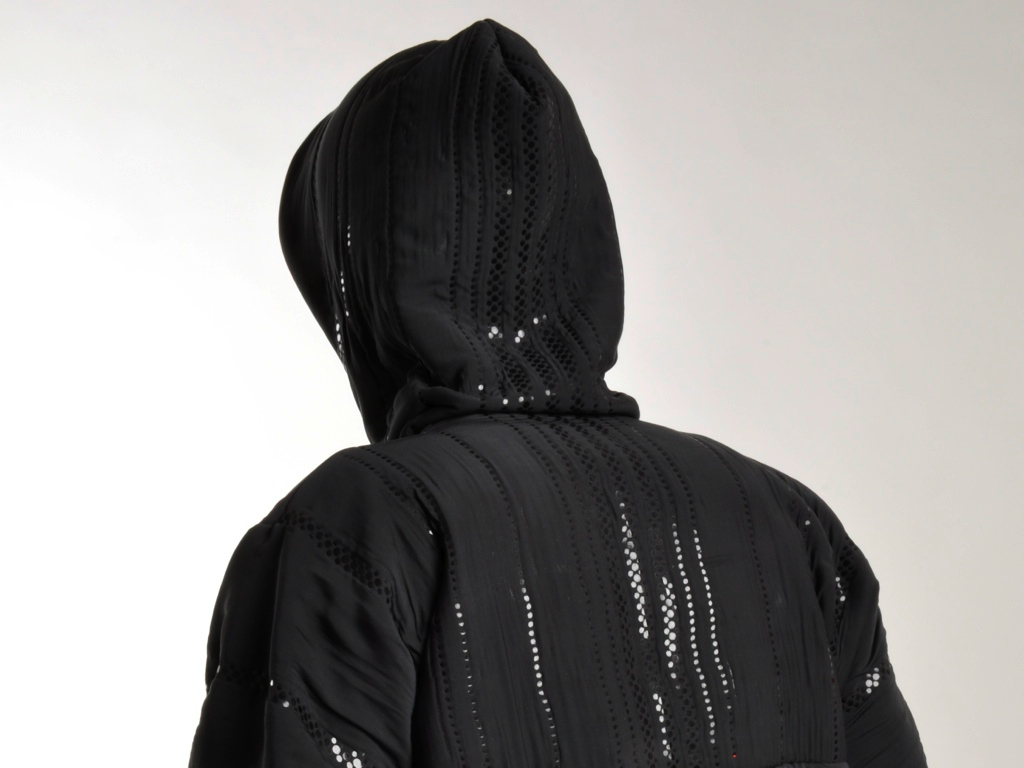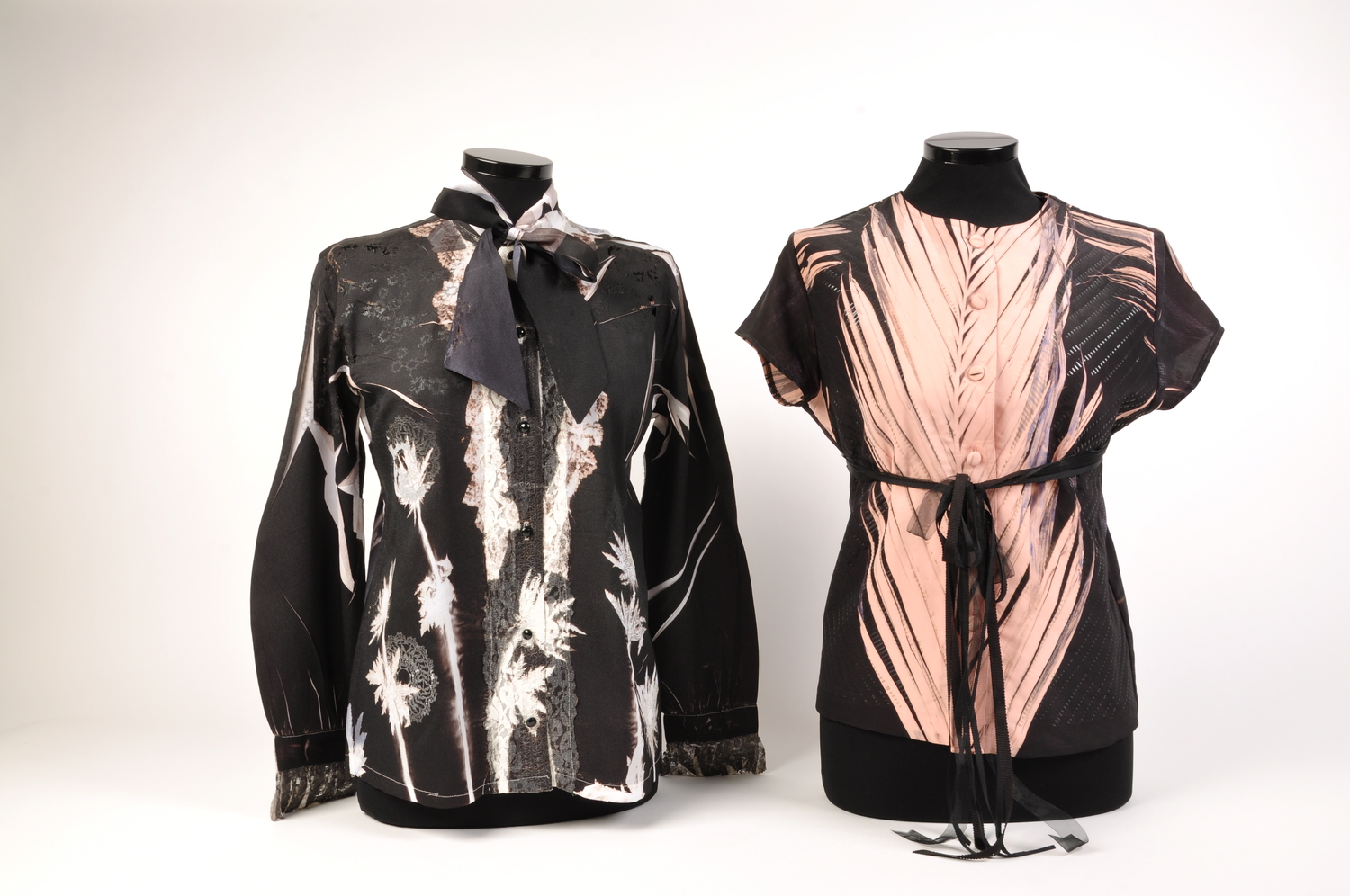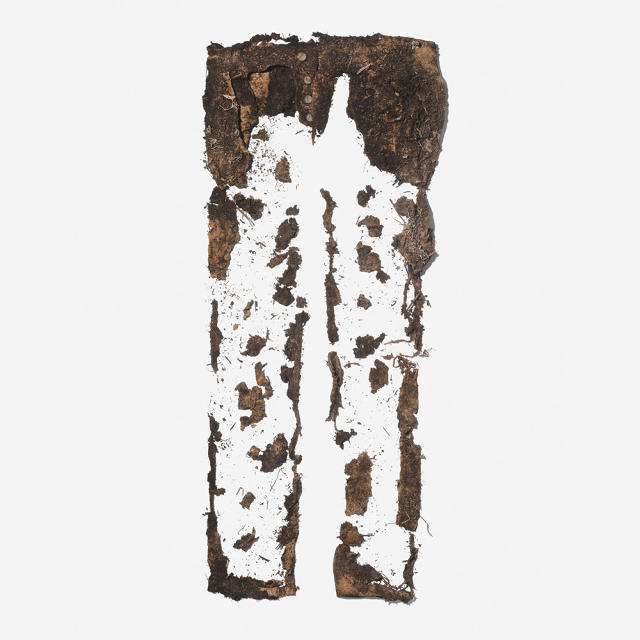A few weeks ago I visited a recycling plant down in Tuas, Singapore. I was extremely excited as it's not usually open to the public and it's not something you get to do everyday!
Clothes Don't Get Recycled Here
Of course I had to ask about clothing! Well, just to disappoint everyone, the public waste collector does not take clothes for recycling anymore. They did do this when the door-to-door recycling scheme was still around, but with the implementation of the centralised recycling bins, the clothes get contaminated and end up being sent to be made into scraps for use at workshops, or even incinerated.
But...but..but...
Well, that's what the person in-charge said to me.
No one wants dirty clothing. The plant suggested that clothes be sent to the charity / thrift shops instead... but how much can they take?
But...but..but...
Well, that's what the person in-charge said to me.
No one wants dirty clothing. The plant suggested that clothes be sent to the charity / thrift shops instead... but how much can they take?
Fibre Recycling Means Down-Cycling
The second disappointment is that when a garment is recycled, it does not get transformed into another one. Unlike an aluminium can which can be indefinitely recycled into another can without compromising its structural properties, the fibres of a garment become too damaged during recycling to be spun back into yarn. The shredded garments are usually used to fill furniture, acoustic walls and even car seats. For quality textiles to be produced, the recycled fibres must be blended with virgin fibres. Redress Asia's R-Cert requires that a minimum of 20% recycled fibres remains in the blend and in the finished garment. Unfortunately, mechanical fibre recycling is the most scalable recycling technology to-date for natural fibre post-consumer textiles.
 |
| Source: Redress Asia, R-Cert |
For chemical fibres such as certain types of polyester and nylon, chemical fibre, rather than mechanical fiber recycling is used.
What Can Fashion Designers Do?
Can fashion designers design garments for the Circular Economy? Can we minimise the number of garments entering the waste system? Last week I looked at designing for durability, emotional durability and repair. This week, it's all about recycling, upcycling and disassembly
Can fashion designers design garments for the Circular Economy? Can we minimise the number of garments entering the waste system? Last week I looked at designing for durability, emotional durability and repair. This week, it's all about recycling, upcycling and disassembly
#1 Design for Recycling
The process of recycling, be it chemical or mechnical is laborious. Recycling companies need to understand what is in the garment before it is sorted and recycled back into quality textiles. Garments need to be designed of mono-materiality and be labelled properly ie, pure cotton or polyester etc.
The process of recycling, be it chemical or mechnical is laborious. Recycling companies need to understand what is in the garment before it is sorted and recycled back into quality textiles. Garments need to be designed of mono-materiality and be labelled properly ie, pure cotton or polyester etc.
- Design it for 100% xxx: mono-materiality. A garment can't be recycled textile-to-textile if it is 99% cotton.
- Designing with fewer non-textile parts e.g. buttons, zips, studs. All these add to easier sorting and recycling.
- Work together with recycling companies that deal with certain textiles e.g. Patagonia collaborates with Teijin Fibre to upcycle their polyester garments.
Until we find a way to recycle clothing of mixed materials (and which is also scalable), designing for mono-materiality is the way. [Note: Eco Circle in Japan and Worn Again in the UK are looking at ways to recycle mixed-fibre materials]
Kate Goldsworthy's research looks at zero-waste techniques and also mono-materiality. This is one of the garments (Laser Line) produced from 100% polyester.
 |
| Source: Laser Line |
#2 Design for Upcycling
Let's postpone the arrival of clothes to the bin. Can we design garments for upcycling? Perhaps we can include little notes with the garments to inform our customers how the garment could be upcycled. All the production textile waste could be used in the designs of other clothing lines. Twice Upcycled explored using different techniques (including laser welding and etching) to prolong the life of a shirt by upcycling it once and then a second time after use.
 |
| Source: http://www.upcyclingtextiles.net/#/concert/ |
#3 Design it for Easy Disassembly - there's a lot of talk about making appliances easy to disassemble for repair or to upcycle / recycle the parts. What about clothing? I found this technology called wear2. The special Ecostitch of the garments can be easily dissolved using microwave technology which means the garments can be re-used or recycled easily. Watch this video and tell me what you think!
#4 Design for Composting
This might be extreme, but I do like the idea although I wouldn't compost it unless I've worn it to bits. Frietag developed a 100% biodegradable textile from hemp, flax and modal (fibre from wood) and it breaks down within a few months of being in the composter.
Are there any other ways of keeping clothes out of the bin?
This is part of the Fashion Designers Do Good series. Read more here.
 |
| Source: Oliver Nanzig |
Are there any other ways of keeping clothes out of the bin?
This is part of the Fashion Designers Do Good series. Read more here.



















Lots of very doable ideas to lessen waste. Thanks for all you do, Agy.
ReplyDeleteThese are great ideas for designers to consider.
ReplyDeleteInteresting techniques. I never considered designing for composting, but it makes perfect sense. Designers do need to think more about the garment's life after it's made and purchased. It makes a difference on how it is initially designed and constructed.
ReplyDeletehttp://passportcouture.com
Natural fibers are completely biodegradable and my choice as a designer. Its good for the environment and good for people. We can all help change consumer mindsets to make conscious buying decisions.
Deletehttp://simplynaturalclothing.com
I so agree with you, Holly. We have so many football jerseys in the house and they are all made of polyester - not biodgradable at all!!
DeleteWow! I'm impressed, mainly by the composting fabric.
ReplyDeleteI wonder how much such a piece costs. The planet needs all initiatives that creative people can put together.
Thanks for sharing it with #debbieinshape friends!
Thanks for sharing! I learned a lot. I really like the idea of leaving notes with the garments to show customers how the clothes can be upcycled.
ReplyDeleteI always learn something new from your blog, Agy. I hope that more designers start considering this.
ReplyDeleteYour blog is so different to so many blogs out there. Finding your posts are always giving me fresh perspective on things. Who knew you could compost clothes! There is this company in Bali that makes rainponchos out of a "plastic" sheeting made of cassava which is just awesome.
ReplyDeleteVery interesting topic, and one I have not thought of before. I wonder if more companies will start developing ways to upcycle or recycle clothing in the near future.
ReplyDeleteI had never even considered this before. I did not know there were ways to recycle clothing. Thanks for sharing this.
ReplyDelete